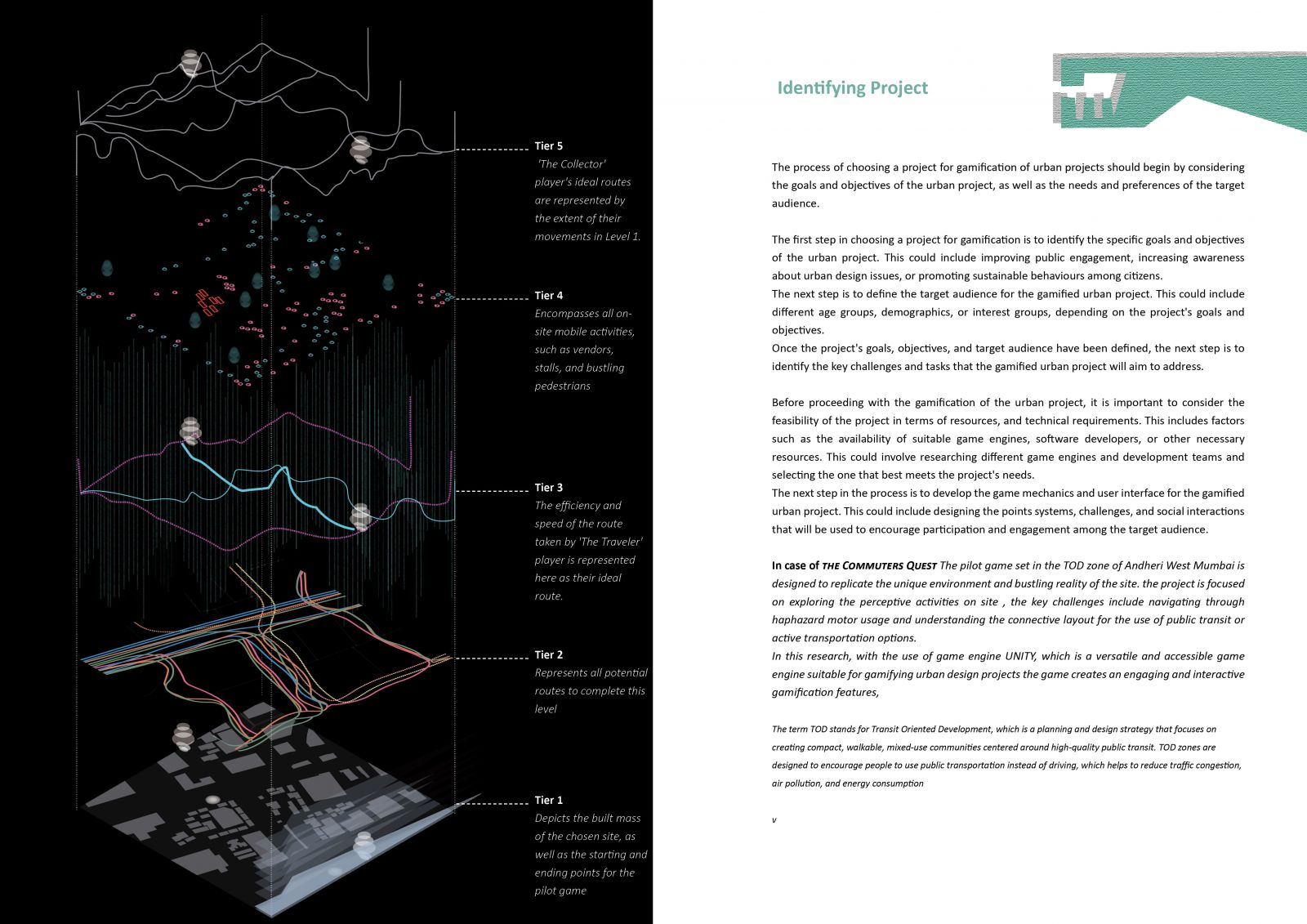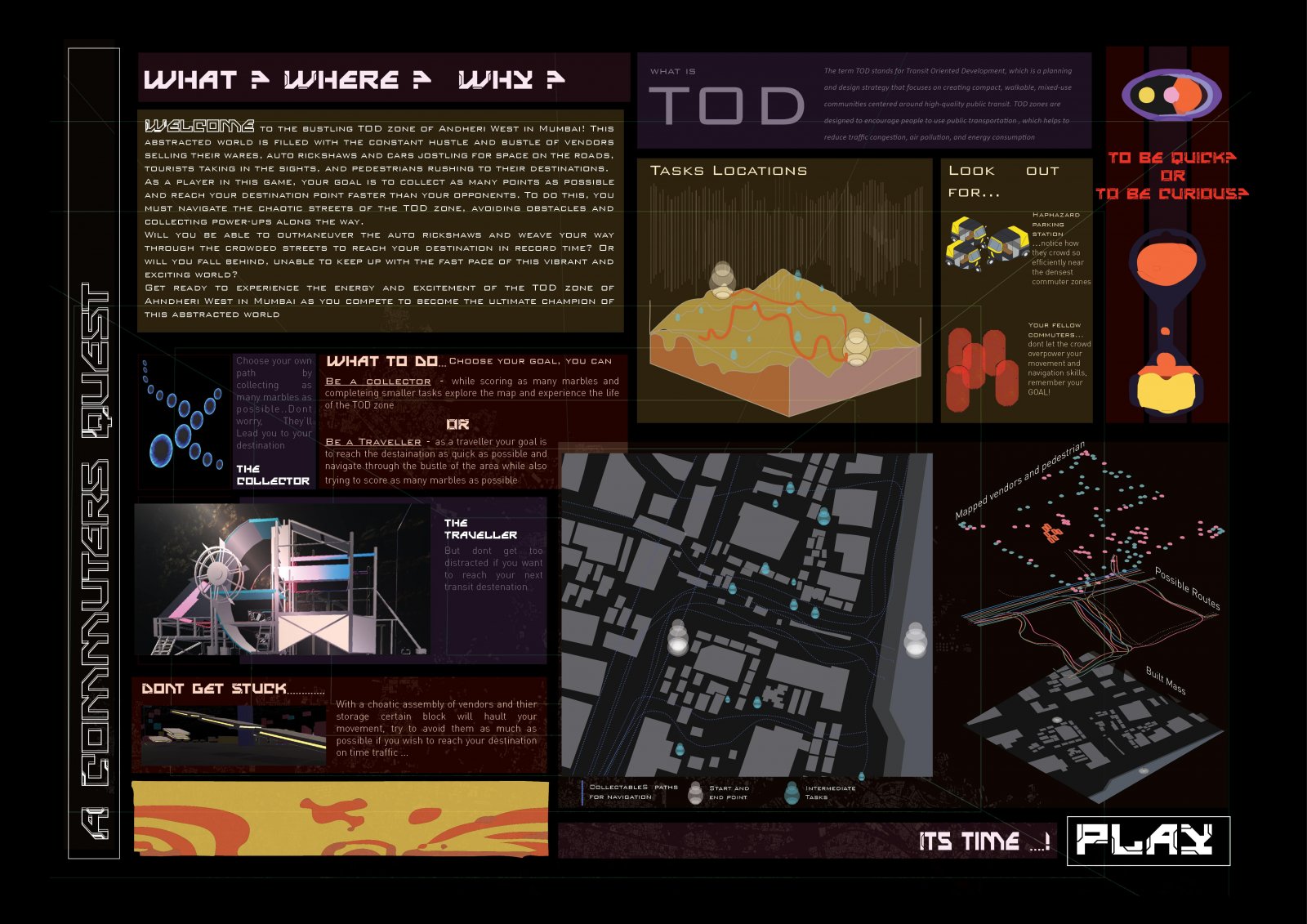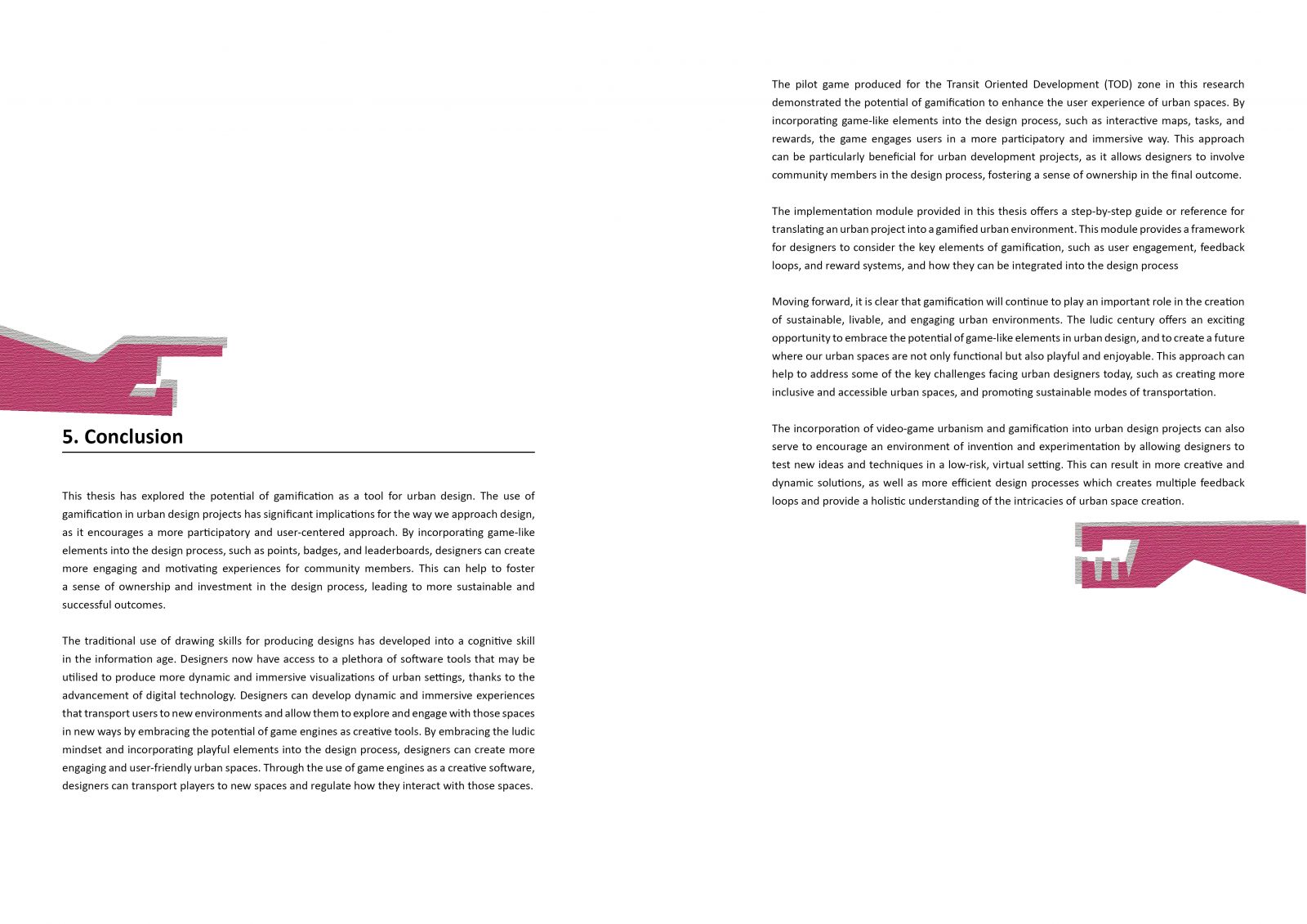Your browser is out-of-date!
For a richer surfing experience on our website, please update your browser. Update my browser now!
For a richer surfing experience on our website, please update your browser. Update my browser now!
The practice of Urban design, its methods, traditions and know-how are today at the centre of multiple passionate debates. Challenged by outsiders and questioned from within, the realm of urban designs is becoming a probe for investigation. This specialised employment includes archetypes such as building structures sciences, public space utilisation optics, and transportation patterns optimisation approaches, among many others rooted in societal challenges that must be addressed.
By exploring the potential of growth of this tool in the information age the papers aims to generate a form of PLAY which creates a feedback loop along with representational qualities. These combine together into a language that embraces the collisions of traditional oblique drawings with 3D perspective visuals, while emphasizing user placement. The research explores the potential of game engines as a creative software, for representation (by producing a game) allowing us to transport players to new spaces, and regulate the means by which one can see, hear and interact with those spaces. By investigating the potential re-emergence of drawings in the ludic century as a design strategy the research aims to emphasize the experience in urban spaces.

.jpg)







